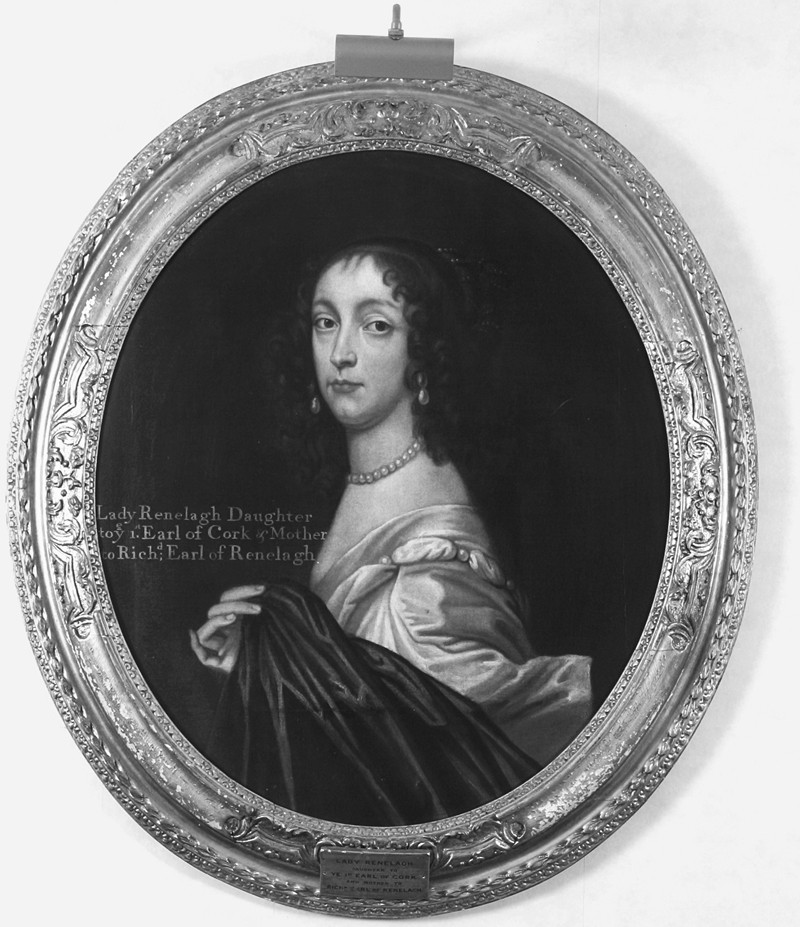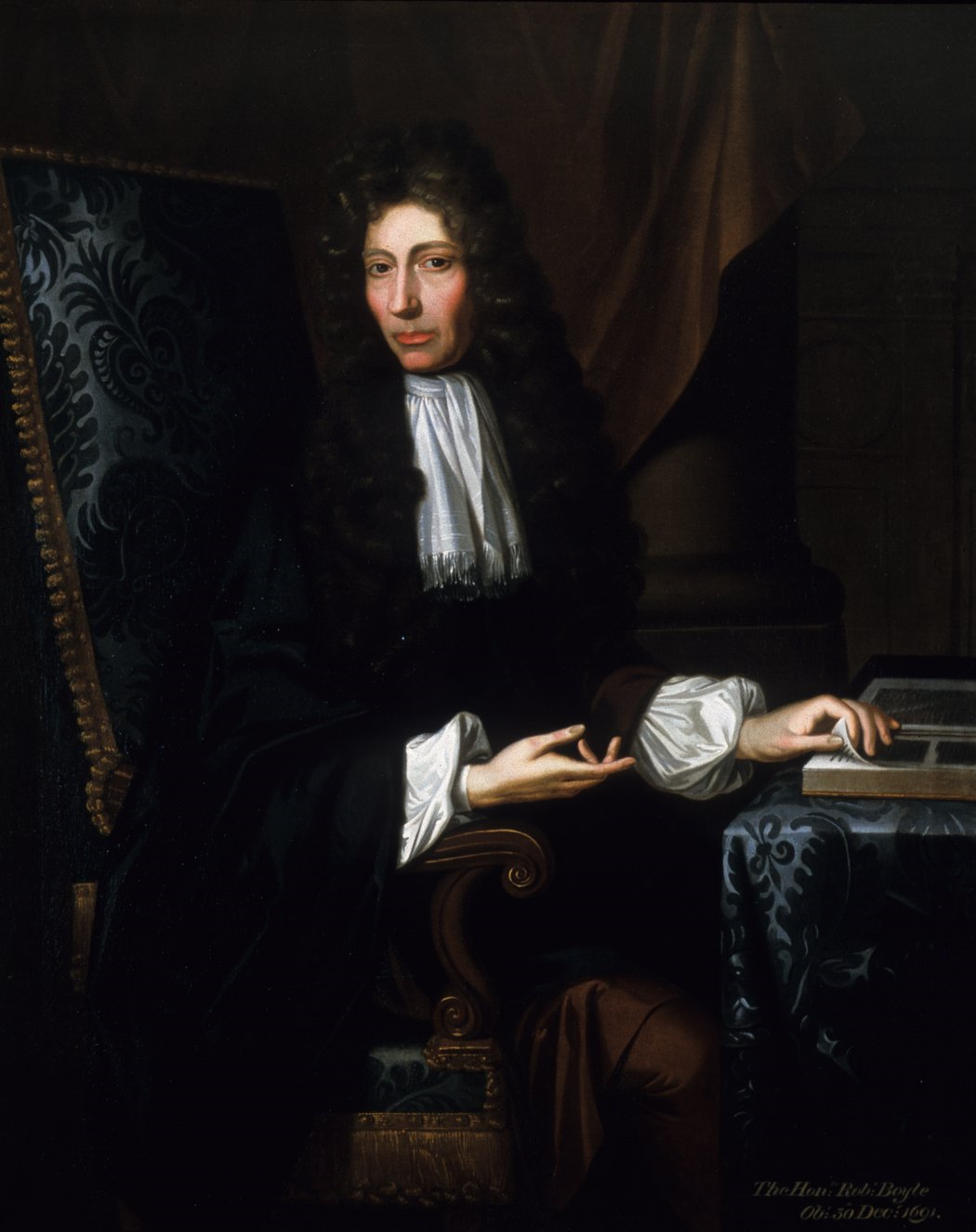A Sister in Science
Today, a sister of the Scientific Revolution. The University of Houston presents this series about the machines that make our civilization run, and the people whose ingenuity created them.
Robert Boyle is known as a father of modern chemistry. His experiments in the 17th century still shape science today: we use Boyle's Law to define the relationship of pressure and volume for gasses. But did you know he had a sister in science? She was Katherine Boyle Jones, Lady Ranelagh - who most of us have never heard of. She made her own name in the ferment of ideas that marked the Scientific Revolution. And she played a vital role in her brother Robert's success.

Katherine, Lady Ranelagh
Photo Credit: Michael Chevis/15th Earl of Cork and Orrery.
These siblings were children of privilege. The first earl of Cork, Richard Boyle, was their father. Katherine, born in Ireland in 1615, married a young Irish nobleman when only fifteen. She moved to England, where she made a place for herself in London's scholarly circles.
Her brilliance dazzled those around her; one noted the "vast reach" of her intellect. Leading figures of her day, like poets Andrew Marvell and John Milton, became her friends. Milton called her "that exemplary woman".
Katherine corresponded widely on many topics. She reviewed scientific and mathematical proposals, and she kept her own detailed notebooks for compounding medicines. She also became a skilled linguist in Hebrew. She was interested in everything - religion and poetry, law and education, natural history and chemistry. Katherine's London home became a center of scholarly pursuits.
It was in this fertile swirl that Robert Boyle's scientific life flourished. Robert also left Ireland for England; he made his home in Katherine's household for 30 years. There he conducted his experiments and wrote prolifically about chemistry, natural philosophy, and religion.
Katherine's support - intellectual, financial, and emotional - fostered her brother's creativity. Her circle of acquaintance connected Robert and other members of the newly-founded Royal Society. She renovated her house in London for him, building him a laboratory for chemical experiments.

The Shannon Portrait of the Honorable Robert Boyle
Photo Credit: Courtesy of Science History Institute / Public Domain.
Did Katherine share in Robert's experiments? We don't know for sure. Letters and documents give us only tantalizing hints. Her modern biographers believe Katherine may have been an important influence on him. She certainly was a serious scientific thinker in her own right.
Robert and Katherine remained devoted to each other throughout their lives. These two siblings in science died within a week of each other in 1691. They're buried side-by-side in St. Martin's-in-the-Fields church in London.
In the end, it's Robert's legacy, not Katherine's, that has persisted. Robert published his work; Katherine didn't. We often think of the fathers of the Scientific Revolution: Galileo, Kepler, Newton, Boyle. But let's give the sisters - and wives, daughters, and mothers - of science their due, as well.
I'm Cathy Patterson at the University of Houston, where we're interested in the way inventive minds work.
Michelle DiMeo, Lady Ranelagh: The Incomparable Life of Robert Boyle's Sister (Chicago: University of Chicago Press, 2020).
Lynnette Hunter and Sarah Hutton, eds., Women, Science, and Medicine 1500-1700 (Stroud: Sutton Publishing, 1997).
Michael Hunter, Robert Boyle Reconsidered (Cambridge: Cambridge University Press, 1994).
This episode was first aired on June 21, 2022